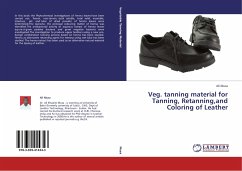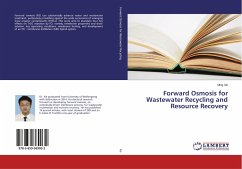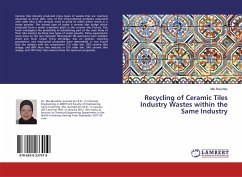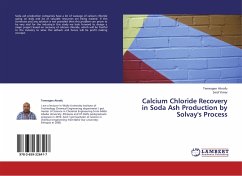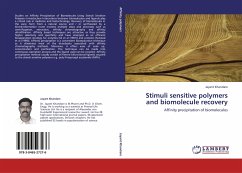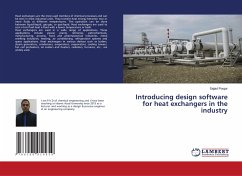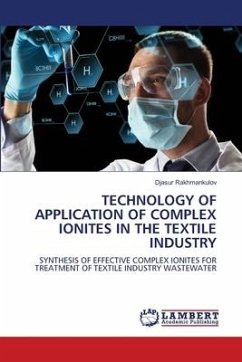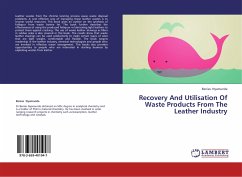
Recovery And Utilisation Of Waste Products From The Leather Industry
Versandkostenfrei!
Versandfertig in 6-10 Tagen
27,99 €
inkl. MwSt.

PAYBACK Punkte
14 °P sammeln!
Leather wastes from the chrome tanning process cause waste disposal problems. A cost effective way of managing these leather wastes is to recover useful resources. This book gives an outline on the synthesis of fatliqour from waste bovine fat. The book further describes the effectiveness of using the produced fatliquor in lubricating light leathers to protect them against cracking. The use of waste leather shavings as fillers in rubber soles is also covered in this book. The results show that waste leather shavings can be used satisfactorily to make certain types of soles that are light weight...
Leather wastes from the chrome tanning process cause waste disposal problems. A cost effective way of managing these leather wastes is to recover useful resources. This book gives an outline on the synthesis of fatliqour from waste bovine fat. The book further describes the effectiveness of using the produced fatliquor in lubricating light leathers to protect them against cracking. The use of waste leather shavings as fillers in rubber soles is also covered in this book. The results show that waste leather shavings can be used satisfactorily to make certain types of soles that are light weight, comfortable and flexible. The book targets readership in the leather industry, chemical technologists and people who are involved in effective waste management. This books also provides opportunities to people who are interested in starting business by exploiting wastes from leather.



